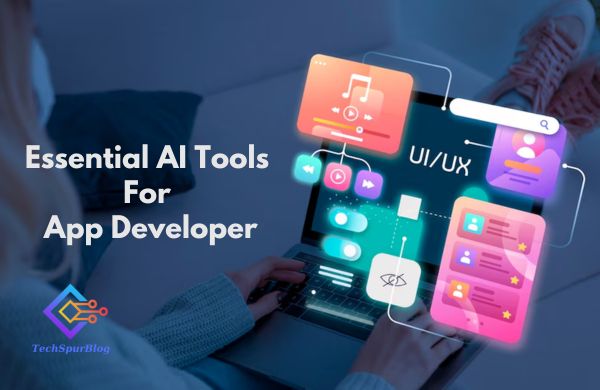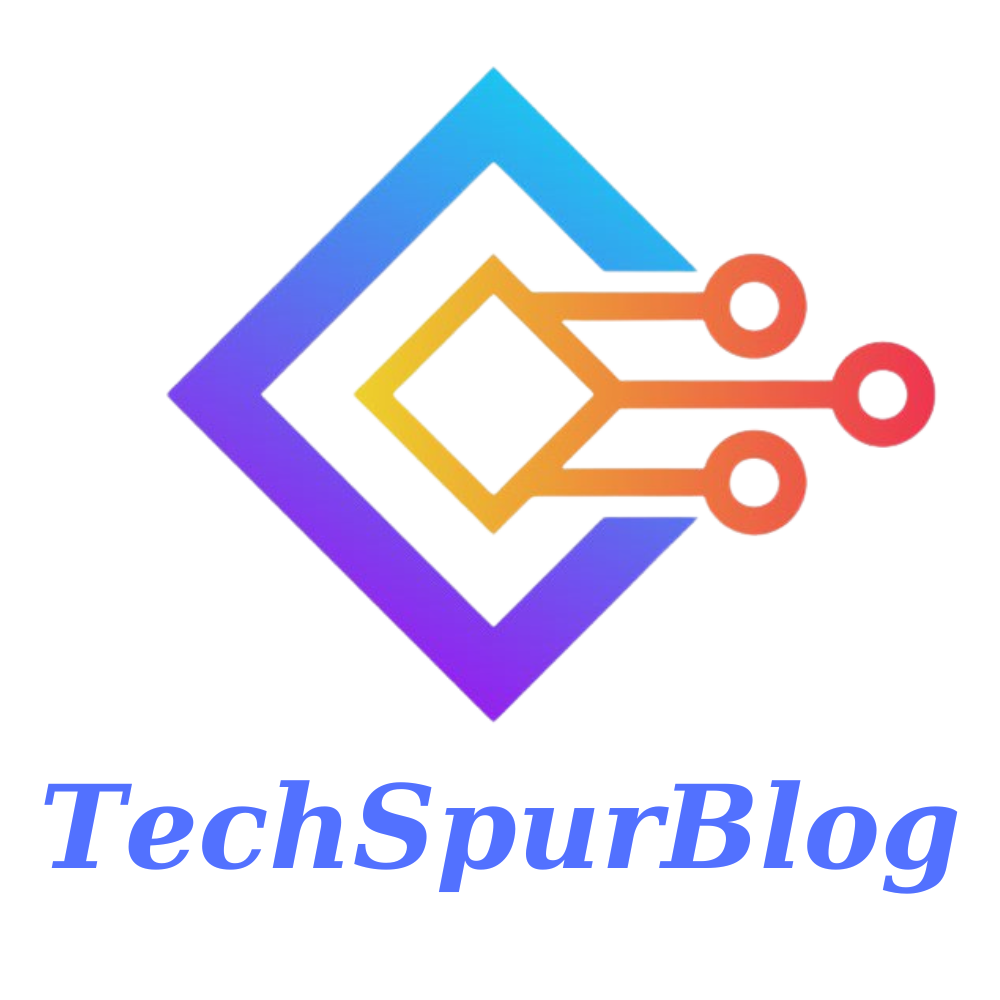
As artificial intelligence (AI) takes hold of the world, it changes the paradigm and brings remarkable improvements to app development in terms of efficiency, user experience, and complex processes. With AI-powered tools, developers can simplify their coding process with better performance and incorporate more advanced features into applications above all else. This feature article introduces ten Essential AI tools for every app developer to be on top of the business.
TensorFlow
Best For: Ideal for Machine Learning and Deep Learning Applications
TensorFlow is an open-source artificial intelligence library from Google that is often used to construct and train machine learning models. It broadens the scope by not supporting any one platform but rather multiple platforms plus extensive tools and libraries, as well as a dynamic ecosystem of community resources.
TensorFlow Lite is especially useful for mobile app developers who want to easily add AI-empowered capabilities.
Key Features:
- Supports deep learning and neural networks
- Comes with TensorFlow Lite for mobile apps
- Predictor: High scalability and flexible development
- Plentiful community resources
Also Read: Trending AI Tools Revolutionizing Various Fields of Artificial Intelligence
PyTorch
Best For: AI Research and Development
Another popular open-source AI framework is PyTorch, developed by Facebook. It provides dynamic computational graphs and an easy-to-understand programming interface for AI model treatments at great convenience to researchers in any field of academic study or industry who need access to it. Especially the early-stage R & D enterprises
Key Features:
- Developers can use dynamic computing graphs for convenient debugging
- Strongly supports GPU acceleration
- Offers a flexible and adaptable framework
- Best suited for deep learning applications
Google AutoMLIs
Best For: People Who Have Difficulty In Programming Or Those With Very Limited Time And Knowledge Of The Task At Hand
With Google AutoML, you can train custom AI models for specific tasks without needing any great mastery of machine learning. It provides automated solutions that make it easy to learn from either vision or sound problems. It provides pre-trained models for vision, language, structured data, etc, including off-the-shelf Knot-point models that offer quality translation (a feature not available from all Microsoft or Amazon API products).
Key Features:
- No coding necessary for training models
- Automated feature selection and model optimization
- Integrates with Google Cloud for seamless deployment
- Supports image, text, and tabular data processing
IBM Watson
Best For: AI-Powered Chatbots And Business Intelligence
IBM Watson is an AI-driven platform that provides developers with tools for natural language processing (NLP), chatbot development, and data analytics. Developers can integrate AI into their applications to give sophisticated customer interactions and insights. No wonder it’s called “AI’s Technology from IBM.”
Key Features:
- Advanced NLP capabilities
- Systems with some pre-trained AO models for various applications
- Easy integration across business solutions in the cloud
- Good security features (its security system has been given the OK by IBM’s own, so reliability is assured) and regulatory compliance.
Also Read: AI Tools for Personal Finance: Manage Your Money with AI
Dialogflow
Best For: All your chatbot needs
Like Rasa NLU, Dialogflow is another platform that can help you develop AI-powered chatbots and virtual assistants for websites and mobile applications. It calls on Google’s technologies so naturally comes with multiple language support as well as ready-made NLU (Natural Language Understanding) features.
Key Features:
- Supports multiple languages
- The conversation flow and user intent are up to you
- Works with Google Assistant and Alexa
- Training AI models in the cloud
OpenAI GPT-4
Best for: Generation of text and AI-powered content production
GPT-4 is an advanced language model from OpenAI to help developers create AI-powered writing assistants, and customer service bots for automated live chat systems or web applications that automatically generate content. It yields human-like text with remarkable accuracy.
Key Features:
- Advanced natural language understanding and textual comprehension
- Can generate and complete code
- API access for easy integration
- Chatterbots and assistants return responses based on context
Azure Machine Learning
Best For: Scale AI model deployments
Microsoft’s Azure Machine Learning is a cloud yet very versatile Stage where AI models can be established, trained, and published. It makes building predictable analytics applications easy, for a developer.
Key Features:
- Automated ML workflows
- A scale-out, cloud-based computing platform
- Power BI and other Microsoft Tools are integrated
- Its security features meet or exceed compliance standards
Also Read: AI Tools for Image Recognition: The Best Tools for Visual Analysis
Runway ML
Best For: AI Video & Image Manipulation
Runway ML has innately classic, AI-driven video and picture manipulation tools that give multimedia application developers an unbeatable edge. It supports real-time object recognition, style transfer, and motion tracking.
Key Features:
- AI-powered real-time editing
- Integration with Adobe Premiere and others
- No need to do AI model training to write code
- AI-based enhancement of pictures or video
Lobe
Best For: Newcomer-friendly machine learning model training
Lobe, an AI tool developed by Microsoft, is simple to use without coding models for training machine learning models. It is ideal for beginners who want to add AI-driven functions to their apps.
Key Features:
- Train machine learning models without coding
- Simple drag-and-drop interface
- It supports image classification
- Export the models in TensorFlow, Core ML
FastAPI
Best For: AI-powered API development
FastAPI, a modern high-performance web framework for building APIs in Python is rapidly increasing in popularity. It is widely used by AI-driven applications and provides automatic data validation, serialization, and interactive documentation.
Key Features:
- Quickly create an efficient API
- It supports async programming out of the box
- Auto-generated interactive API documentation
- Seamless integration of AI and ML models
Also Read: AI Tools for Remote Teams for Collaboration in Virtual Workplaces
Conclusion
Tools driven by AI can not only automate app development, make it smarter, and give more engagement, but can also provide highly effective support for the process. Whether it be building machine learning models, joining a natural language processing library, or incorporating AI APIs, these tools can greatly enhance the efficiency of your working hours.
With these Essential AI tools in hand, developers find themselves perfectly positioned to compete at a high level in this field. In today’s world developers do not just want to succeed, they also want greater productivity from their valuable and highly skilled workforce. By making good use of these tools, developers find themselves perfectly placed to succeed in the arena they are competing in.

Leave a Reply